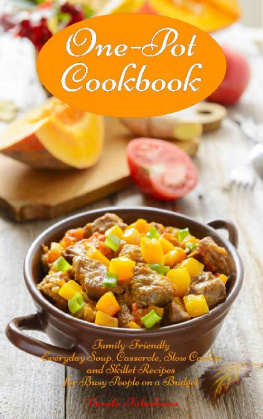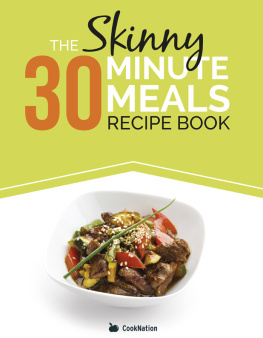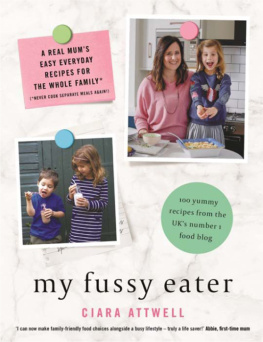
Also by Clifford A. Wright
Hot & Cheesy
The Best Soups in the World
Bake Until Bubbly
Some Like It Hot
Real Stew
Mediterranean Vegetables
Little Foods of the Mediterranean
A Mediterranean Feast
Grill Italian
Lasagne
Italian Pure & Simple
Cucina Rapida
Cucina Paradiso

Copyright 2013 by Clifford A. Wright. All rights reserved.
For information about permission to reproduce selections from this book, write to Permissions, Houghton Mifflin Harcourt Publishing Company, 215 Park Avenue South, New York, New York 10003.
www.hmhbooks.com
Book design and composition by Ralph Fowler/RLF Design
Cover photography by Jason Wyche
Cover design by Suzanne Sunwoo
Illustrations by Rashell Smith
Visit the author at www.CliffordAWright.com
Library of Congress Cataloging-in-Publication Data is available.
ISBN 978-0-470-61536-2 (paperback)
eISBN 978-0-544-18759-7
v1.0313
For my children
Ali, Dyala, and Seri
Acknowledgments
C ookbook authors are always grateful to the people who actually eat all the food we cook in our seemingly endless recipe tests. I would like to thank my children, Ali, Dyala, and Seri, and those enthusiastic good-eaters Michelle van Vliet and Madeline Sitterly for sharing all this food and enjoying the writing of this book because they only had to clean one pot. I would also like to thank my agent, Angela Miller; my editor at John Wiley, Justin Schwartz; copy editor Valerie Cimino, and proofreader Leah Stewart for their typically excellent editing, suggestions, and production.
Introduction
W hile explaining the idea behind this book to a friend, I said that at the end of the meal you only have to wash one pot. My friend asked me to explain further. I said, youve probably seen one-pot cookbooks before, but if you read them closely you will realize that there is often some preparation involved that might require sauting something else first, or boiling something first, so that even though it all goes into one pot, actually youve used several. The recipe is really a little more complicated than you were led to believe, although the end result is served from the one pot.
Everyone wants a way to cook quickly and easily, yet they also demand the best-tasting food. The central idea in this book is that no recipe utilizes more than one pot to be cleaned later. Now, that pot really should be called a cooking vessel because the idea here is that your entire meal, whatever it isthe meat, the starch, and the vegetableall gets cooked in that one vessel, whether the vessel is a saucepan, a stewpot, a casserole, a wok, a saut pan, a barbecue grill, or a cast-iron skillet. This book provides 250 recipes, guidance on various cooking methods, and an explanation of how one-pot cookery melds complementary flavors so the whole becomes greater than the sum of its parts. The recipes emphasize healthy and natural foods, although that will ultimately depend on how you shop.
Everyone loves a fancy meal, the kind of supper you might fuss about on a cold winter Sunday, but for everyday cooking we want a quick, delicious, easy, and, if possible, one-pot meal that makes everyone happy, including the person washing the dishes. What is a one-pot meal? Well, let me say it again: Its a meal where everything goes into one cooking vessel and gets cooked together to provide an all-in-one dining experience with protein, starch, and vegetable in every bite. The idea that ties it all together is that there is no advance cooking or use of more than one cooking implement.
One-pot meals, whether stews, casseroles, soups, or stir-fries, are a perennial favorite in my family and many others. They are easy to make and usually dont require endless tasks and constant stirring. The idea of everything going into one potnot two or threeis mighty appealing to all home cooks. Over several decades while writing other books, about Italian food or Mediterranean food or Asian, Mexican, or American food, Ive come across hundreds of such dishes that for one reason or another didnt quite fit into the concept of the book I was writing at the time. But when you have three kids, now in their twenties, with big appetites and who visit home often, then an easy one-pot meal is the name of the game.
Its fun, too, because these days our supermarkets have a greater variety of foods than they did thirty years ago, and the Internet has so many great food resources, starting with the Grocery & Gourmet Foods section of amazon.com. This availability of ingredients means that ones recipe repertoire can easily grow as well.
Many of the recipes in this book rest on the notion of flavor layering, whereby the whole pot becomes greater than its parts by way of a melding of different complementary flavors. Sometimes flavor layering is literal, as when you lay down a foundation such as potatoes, then a layer of herbs and spices, then a layer of meat, a layer of vegetables, and a layer of condiment (maybe cheese sauce or sour cream). Other times flavor layering comes about by cooking different foods at different temperatures, such as a pork and bok choy stir-fry, where pork tenderloin is seared over very hot heat until crispy and golden, then bok choy, bell peppers, and Chinese condiments are added to cook at a reduced temperature. Other flavor layering results from how distinct foods interact with each other; for example, how a neutral-tasting potato is enhanced by piquant chiles.
Theres an unintentionaland delightfulconsequence of one-pot cookery: Most recipes are healthy and low in calories. Dont get me wrong: This is not a health or diet book, but rather a book where healthy, fine-tasting food wont start layering on the pounds. A heavy emphasis on vegetables flavored with meat as opposed to meat flavored with vegetables means a wide range of healthy meals for the family that do not compromise on taste while monitoring calorie intake. This is not magic-bullet cooking but complementary cooking to a healthful and active lifestyle.
About Slow Cookers
I dont cook with slow cookers mostly because Im a hands-on cook who likes to stir, likes to fiddle, likes to taste, likes to add, and I would miss the wonderful smells of properly cooked foods. However, if you have a slow cooker and would like to use it for some of the recipes in this booksuch as the stews and braisesthey can be adapted with a little forethought. Keep in mind some of the following tips.
The low heat on most slow cooker models is 200F, so adjust accordingly. Always use fully thawed meats. Dont use whole chickens or meat roasts: Cut them into smaller chunks or pieces so they cook evenly and thoroughly. Fill the slow cooker one-half to two-thirds full, not more or less. Do not open the lid during the cooking process. Do not stir. The ceramic insert of a slow cooker can crack with rapid temperature changes. Slow cookers often require some preparation to the food before it goes in so that you will have better-tasting food, such as the browning of meat or the sauting of vegetables. Add dairy products to the slow cooker in the last 15 minutes of cooking so they dont break down. When adapting a recipe, remember that the liquid called for will not evaporate, so reduce it by 25 percent. Use half the amount of spices and herbs called for.

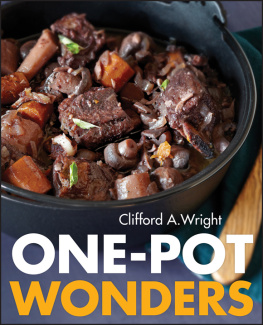
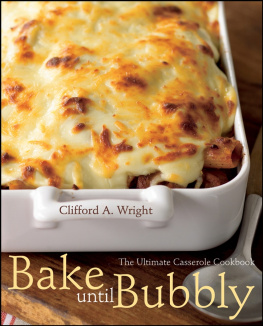
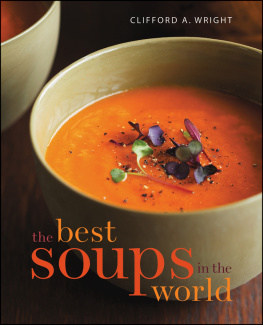
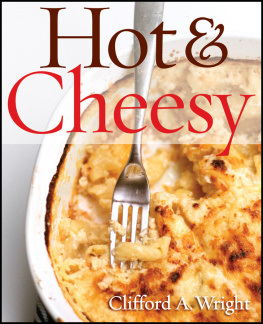

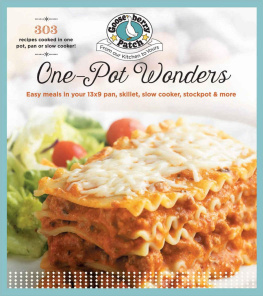
![Jamie Oliver - One: Simple One-Pan Wonders [American Measurements]](/uploads/posts/book/410500/thumbs/jamie-oliver-one-simple-one-pan-wonders.jpg)
